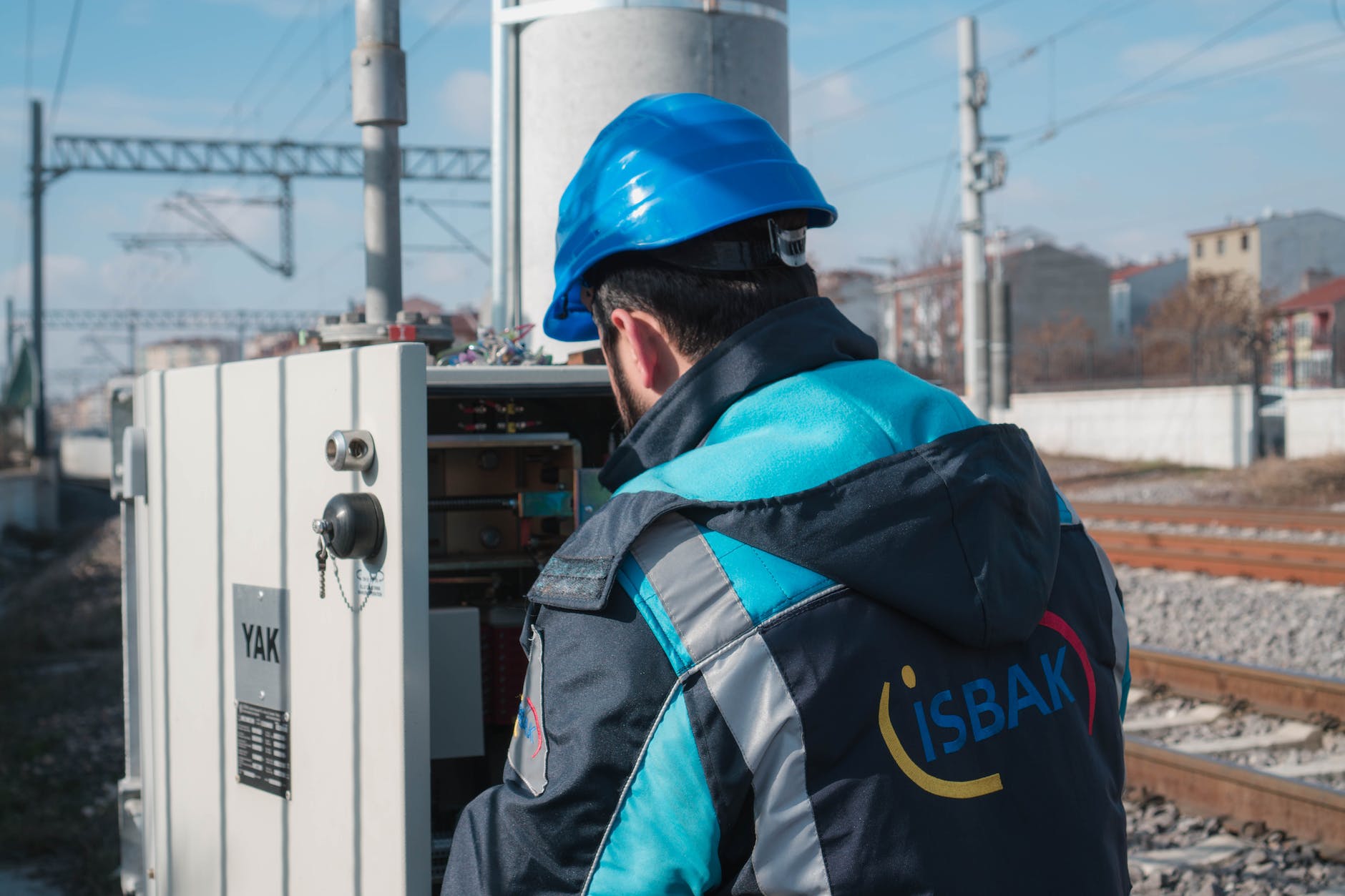
Electrical Safety Hazards and Control Measures
Introduction
Electrical Safety Hazards and Control Measures : Electrical safety is a critical aspect of our daily lives, both at home and in the workplace. It involves understanding the potential hazards associated with electricity and implementing effective control measures to prevent accidents and injuries. This article will explore various electrical safety hazards and the necessary control measures to keep individuals safe when dealing with electricity.
Understanding Electrical Safety Hazards
Electricity is a powerful source of energy that is essential for modern living. However, it can also pose significant risks if not handled properly. Electrical safety hazards are potential situations where electricity can cause harm to people or property.
Common Electrical Safety Hazards
3.1 Electric Shock
Electric shock occurs when the human body becomes part of an electrical circuit. It can result from direct contact with live electrical components or faulty wiring.
3.2 Electrical Fires
Electrical fires are caused by electrical malfunctions, such as overloaded circuits, faulty wiring, or damaged electrical equipment.
3.3 Arc Flashes and Explosions
Arc flashes and explosions are sudden releases of energy that can occur due to electrical faults. These incidents can cause severe burns and injuries.
3.4 Overloaded Circuits
Overloaded circuits happen when too many electrical devices draw power from a single circuit, exceeding its capacity.
3.5 Damaged Electrical Cords and Equipment
Damaged electrical cords and equipment increase the risk of electrical shocks and fires.
Importance of Electrical Safety
4.1 Protecting Lives
Electrical safety measures protect individuals from life-threatening accidents and injuries.
4.2 Preventing Property Damage
By adhering to electrical safety guidelines, we can prevent electrical fires and minimize property damage.
4.3 Avoiding Workplace Accidents
In the workplace, electrical safety is essential to prevent accidents and maintain a safe working environment.
Control Measures for Electrical Safety
5.1 Regular Electrical Inspections
Regular inspections of electrical systems ensure early detection of potential hazards and allow for timely repairs.
5.2 Training and Education
Proper training and education on electrical safety equip individuals with the knowledge to handle electricity safely.
5.3 Safe Work Practices
Implementing safe work practices reduces the likelihood of accidents during electrical tasks.
5.4 Personal Protective Equipment (PPE)
Using appropriate personal protective equipment, such as gloves and safety glasses, safeguards workers from electrical hazards.
5.5 Ground Fault Circuit Interrupters (GFCIs)
GFCIs are essential safety devices that quickly cut off power in case of a ground fault, protecting against electric shocks.
5.6 Electrical Safety Devices
Various safety devices, like surge protectors and circuit breakers, help prevent electrical fires and equipment damage.
Best Practices for Electrical Safety at Home
6.1 Proper Electrical Appliance Usage
Using electrical appliances following the manufacturer’s guidelines minimizes risks at home.
6.2 Childproofing Electrical Outlets
Childproofing outlets prevents young children from inserting objects and avoids electrical shock hazards.
6.3 Outdoor Electrical Safety
Taking precautions and using weather-resistant electrical devices for outdoor use is essential for safety.
Electrical Safety in the Workplace
7.1 Safety Guidelines for Employees
Employees must follow safety guidelines and use PPE when dealing with electrical equipment.
7.2 Lockout/Tagout Procedures
Lockout/Tagout procedures ensure equipment is properly shut off during maintenance, preventing accidents.
7.3 Proper Use of Extension Cords
Using extension cords safely reduces the risk of electrical fires and tripping hazards.
Electrical Safety for Construction Sites
8.1 Risk Assessment and Hazard Identification
Conducting risk assessments and identifying electrical hazards before starting construction work is crucial.
8.2 Use of Ground Fault Circuit Interrupters (GFCIs)
Using GFCIs on construction sites prevents electrical accidents and ensures worker safety.
8.3 Proper Storage and Handling of Electrical Equipment
Storing and handling electrical equipment properly minimizes the risk of damage and accidents.
Dealing with Electrical Emergencies
9.1 What to Do in Case of an Electric Shock
Knowing how to respond to an electric shock can be life-saving.
9.2 Handling Electrical Fires
Understanding how to extinguish electrical fires safely is essential in emergency situations.
Conclusion
Electrical safety is paramount in every aspect of our lives. By being aware of potential hazards and following appropriate control measures, we can protect ourselves, our loved ones, and our property from electrical accidents. Remember always to prioritize safety and adhere to best practices when dealing with electricity.
FAQs
- Why is electrical safety essential at home?
- Electrical safety at home prevents accidents and injuries caused by electricity mishaps.
- What should I do if I experience an electrical shock?
- In case of an electrical shock, immediately disconnect the power source and seek medical attention.
- How can GFCIs prevent electric shocks?
- GFCIs monitor the flow of current and quickly shut off power if an imbalance is detected, preventing shocks.
- What are some common workplace electrical hazards?
- Common workplace electrical hazards include exposed wires, faulty equipment, and inadequate training.
- Why is it important to childproof electrical outlets?
- Childproofing outlets prevents children from inserting objects, reducing the risk of electric shocks.





















